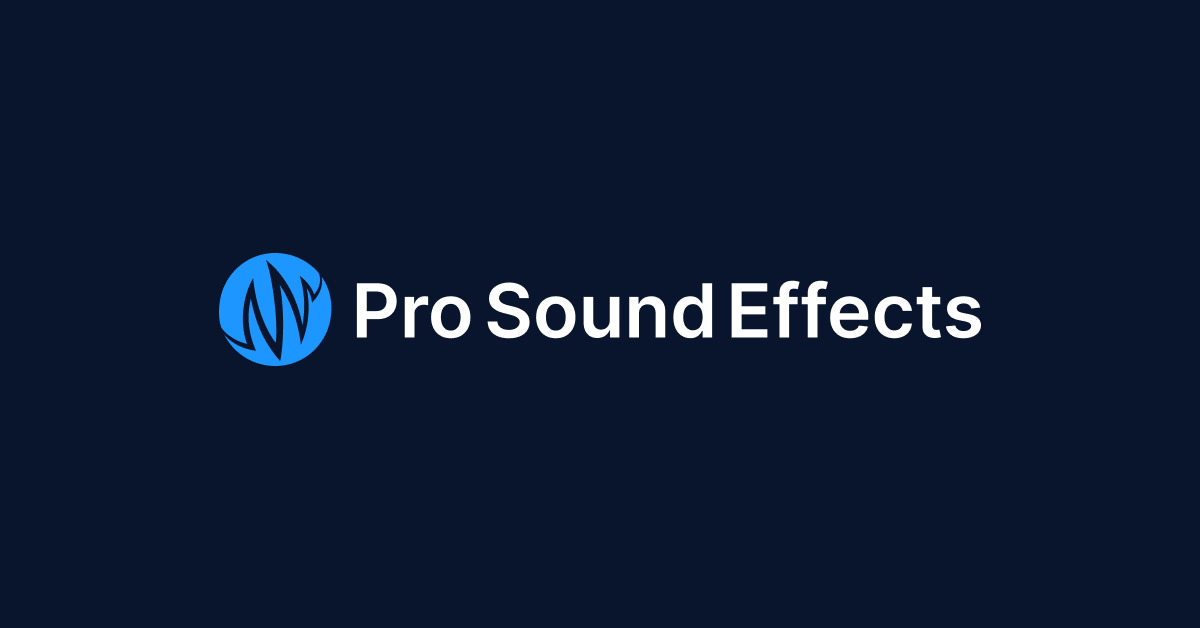"audio geeks." To curb some curiosity about the inner psyche of the Rangers of Sound, we asked them some questions about their new library, appropriately called the Soundrangers Sound Effects Hard Drive Library. Volume 1.
Q: Tell us how you became a sound effects recordist.
After years in the trenches doing sound design with the traditional sound libraries, we were spending an exorbitant amount of time manipulating these sound effects that were originally recorded and edited for traditional linear media (film, TV) in order to use them in the interactive projects we were working on. We started finding it easier, and the quality was better, to record and develop our own sounds.
Something we discovered along the way was that sounds developed for interactive projects also work great in linear applications, while sounds from traditional libraries don’t always work in interactive applications.
With video games you need sounds that are very precisely designed and edited. This design aesthetic allows those same sounds to easily plug-and-play into any project.
Q: Why did you choose Soundrangers as the library name?
It’s not just the name of the company it’s our job description. We are Sound Rangers. We spend a lot of our time either out searching for interesting sounds or creating them in the studio. All we need is the uniform. Maybe an orange jumpsuit with built in microphone pockets! We are total audio geeks. It’s a way of life.
Q: What do you think, content-wise, is the muscle of your library?
It’s the first library built from the ground up for interactive media. Video game developers will understand this. For regular users this translates into a plug-and-play design aesthetic. This means all the sounds are tightly edited into individual sounds so there is no need to find the sound you need within a larger audio file, then edit it out. Also, all background sounds, ambiences, and environments are already edited into loops. No need to edit out annoying sounds that jump out of background ambiences every time it comes around. Just
drop them into your build and you are good to go.
Another strength is the variations of the sounds. Where it makes sense, sounds have several matching variations. This makes it easier to create sound design with a natural feel in situations where multiple versions of the same action is happening, such as combat or environmental one-shots, etc. This is also helpful when you are using these sounds as building blocks to assemble your own unique creations that require many instances of the same sound, without using the same sound.











